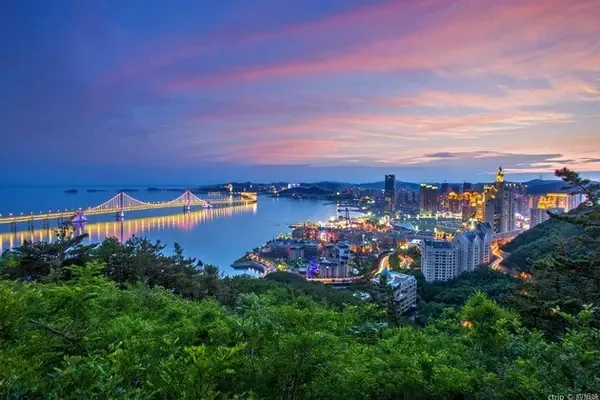introduce
The Dongga site is a grotto discovered only in recent years. After preliminary textual research by relevant experts, it is one of the eight major monasteries built during the Rinchen Sangbu period of the Guge Dynasty.
The Dongga Grottoes are scattered on the cliff north of Dongga Village, and you can see densely packed caves on the mountain on the road. There are nearly 200 existing caves, stretching for 2 kilometers, just like a beehive. Among them, several caves with exquisite murals are concentrated on a "U"-shaped cliff in the east.

The Dongga Cave and Piyang Cave excavated by archaeologists are located on the earth and stone cliffs near Dongga Village and the adjacent Piyang Village. This is the largest Buddhist grotto site discovered in Tibet so far. The Dongga murals concentrated in the three caves on the mountainside are well preserved. Its formation and age are currently not recorded in numerous Tibetan historical, religious, and cultural archives, and it is a cultural mystery that has yet to be solved. But one thing is certain, the cave murals have a history of nearly a thousand years, and their archaeological and research values are quite high.
The murals in the grottoes have a long history and are rich in content. There are also some figures, patterns and shapes from foreign countries in the paintings. The murals are painted with special mineral pigments, which are durable and never fade. The themes of the murals mainly include Buddha statues, Bodhisattva statues, stories about Buddha, pictures of preaching, etc., as well as various decorative patterns and esoteric mandala. There are many patterns of various goddesses, with vivid shapes and rich changes.
opening hours
The specific business status is subject to the opening of the day
